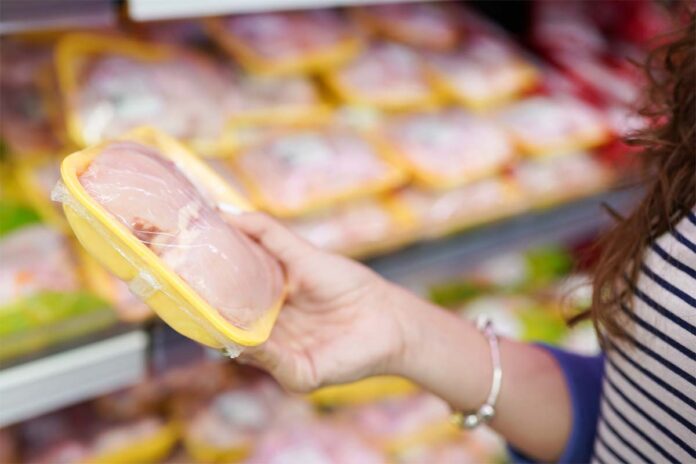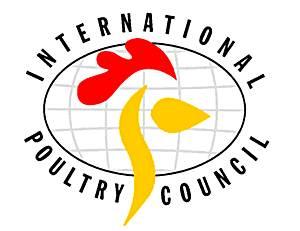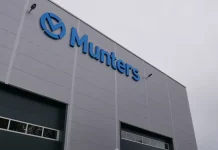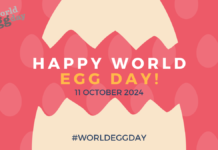
Last May, the International Poultry Council hosted a series of interesting webinars on ‘Resilience and Leadership in the International Poultry Supply Chain’ offering a valuable insight into the global poultry meat industry and highlighting the ways in which, by demonstrating leadership, a resilient future can be built in these challenging times.
The first contribution was dedicated to Global poultry meat supply and trade with a detailed presentation by Justin Sherrard, Global Strategist Animal Protein, Rabobank.
The changing economic and market conditions brought about by the Corona virus pandemic has had and will have significant impacts on global poultry in 2020 and 2021. Global trade will face uncertainty this year, with both destinations and origins affected, as well as pricing. Total volumes are likely to be affected temporarily, and trade could ultimately benefit if local supply is impacted by issues related to Corona virus, ASF, and Avian Influenza (AI).
The main Corona virus-related issues will create potential shocks in supply and demand driven by quarantine and logistics issues and temporary changes in consumer demand towards at-home consumption, non-perishable products, etc.
Justin Sherrard took us through the production implications showing what is going to happen in some of the world’s main poultry economies starting with the situation in the USA.
The broiler processing industry in the US has seen around a 10 percent decline in processing capacity over the last couple of months, but is starting to recover. The turkey sector has been hit more severely than broiler sector, but neither of those species have been as badly hit as the pork or beef sectors where processing capacity went down of 20-30 percent in certain weeks over the last couple of months. While there have been other challenges such as the negative impact on exports caused by a strong US dollar, on balance, USA broiler production will be up by about 1 percent during the year 2020.
In Brazil, there is a unusual situation occurring where feed costs are actually going up because of the impact of currency changes. Feed commodities are priced in US dollar terms and this along with a weakening in local currency values, which are down about 35 to 40 percent year-to-date, makes feed costs quite expensive in local currency terms. Local demand is softening and export opportunities to China have been reduced a little while other export markets are less affected. The overall result is that production is going to be up this year by somewhere between one to one and a half percent whereas previously it would be above two percent year-on-year.
In Europe, overproduction is really the dominant issue. Avian Influenza has restricted the export opportunities for certain countries particularly those in some parts of Central and Eastern Europe, with Poland being the main country that has been affected. This situation has resulted in a redistribution of poultry into other parts of the EU. At certain times there were also changes in trade arrangements related to Avian Influenza with Ukraine being an example. Although this is behind us these changes in the trade environment resulted in overproduction which was also influenced by the closure of restaurants and other parts of the food service sector. A huge correction in prices over the last couple of months has taken place and the good news is that the signs of recovery can be already seen. Producers therefore are actually quite positive about what is going to happen with production prices over the coming month, even if production is going to be lower by between a half and one percent year-on-year growth.
The big story in China is still African Swine Fever and the main issue is how poultry can substitute for pork consumption. China’s poultry production is increasing at about 10 percent up year-on-year. Its poultry imports drive global trade and the country has really become a kingmaker in global animal protein trade with the whole
world now becoming very dependent on what China is doing in terms of creating balance in the market.
The picture in Southeast Asia is much more complicated. There is African swine fever especially in Vietnam and, to a certain extent, in the Philippines which is positive for poultry consumption; production is going to be up about 4 percent across the five main Southeast Asian countries.
In Africa, South Africa introduced some anti-dumping tariffs which, along with fresh market closures in other parts of Africa is crippling demand. Frozen product market is tending to do better there than it has in the past due to the fresh market closures.
In India, there occurred an incredible situation this year with rumours that COVID-19 was being transmitted by poultry, which resulted in a complete disaster for the poultry industry and although things have started to improve there remains a lingering area of concern in the minds of many Indian consumers. The strength of the US dollar is the dominant issue in markets at the moment and that tends to also influence the way that trade takes place and also the way that feed prices are influenced. African Swine Fever continues to be a dominant issue in global animal protein markets and while we are focused on what is happening around the corona virus situation, it is also important to remember that ASF is not a challenge which is behind us.
In the near term the balance of this year will lead to a whole range of challenges on the one hand; or opportunities on the other hand. The trends playing out in the market suggest an increased focus on local supply, local products, local supply chains etc. The costs of exporting containers from Europe to China have alone gone up somewhere between two and three times over the course of 2020. This represents a huge additional cost which needs to be added on to any export given that it is not always possible to pass this cost on.
Down trading is a theme that all will have to deal with but the good news for poultry meat is that it has the lowest price of all the terrestrial species.
There are four main areas of “opportunity” and “risk” to be seen out through the remainder of this year and into next year for poultry supply chains, these being: consumer engagement; interlinking supply chains; global trade and its future, and above all – trust.
As regards the first one, consumer preferences have suddenly changed and it is important to understand what consumers really want. Getting used to reacting quite quickly to the way that their preferences are changing will continue to be a challenge.
Secondly, the connectivity and digitalization skills that we have throughout our supply chains can help us but the important point here is how quickly responsive are our supply chains to the sorts of changes that we have seen over the recent months and how they will react to demands that will continue playing out during the course of this year.
Thirdly, the future of trade is about how China is going to use its increased market power as a dominant buyer in trade markets across all of the species. Without doubt partnerships are going to be needed to sustain trade flows when costs are going up and when competitiveness comes very much into focus.
Finally – trust: how do we, as an industry, earn and maintain consumer trust? What steps do we need to take to reassure consumers that the poultry products they are consuming are safe and are highly nutritional? These times of uncertainty really create a demand for trust and the poultry sector has got a wonderful opportunity to think about its role in enhancing trust not only in the food sector generally but specifically in the global poultry industry.
Adapted from a Webinar of the International Poultry Council, May 2020

| The International Poultry Council has 23 Country Members and 52 Associate Members. IPC Country Members represent more than 95% of the global poultry trade and more than 90% of poultry production. Its mission is to strengthen communication between the industries of different countries, to develop and recommend policies affecting our industries, and to promote a common global understanding and confidence in poultry products as the preferred source of meat protein. Nicolò Cinotti is the new IPC Secretary General from 1st January 2020. Nicolò holds a degree in Veterinary Medicine from the University of Bologna and a specialization in Animal Health, livestock and animal products from the University of Pisa. His previous career experience includes training as a veterinarian as well as time at the Ministry of Health in Italy. He has most recently held the position of Policy Advisor at Unaitalia. |

















